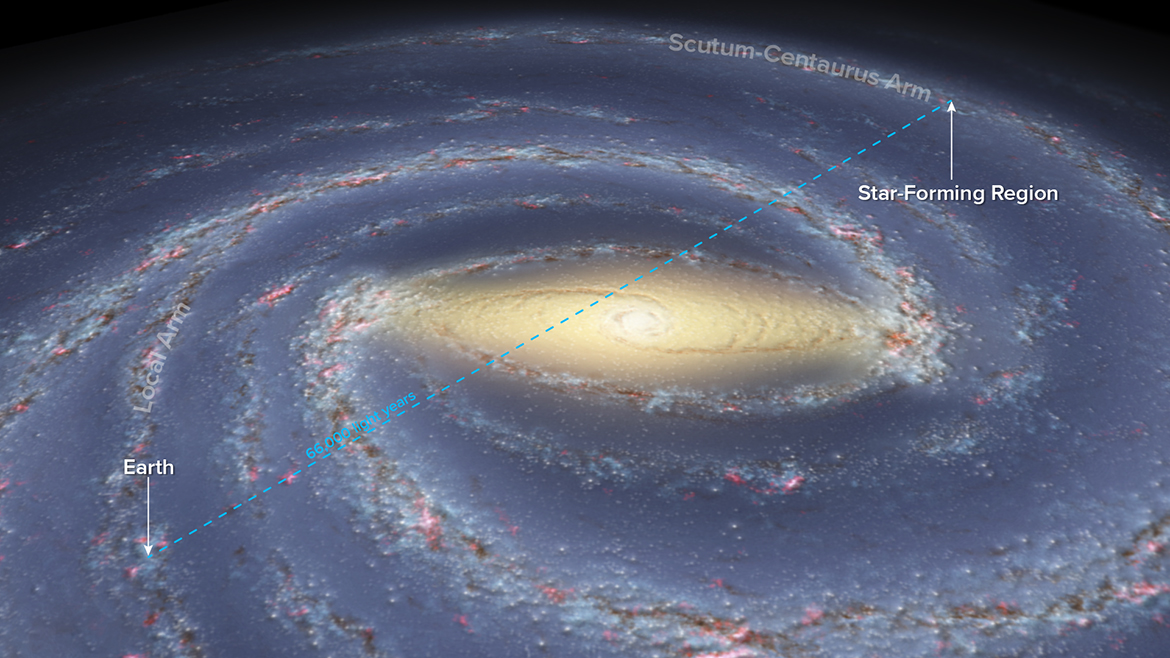Thank you Dr Joe! Of course, it always helps having an informed source, apart from that it is a pleasure to discuss these questions without aggressive or intimidating influences. I hope you will admit that it is peculiar, especially if we take the Socratic route:
Q) Are stars different from Galaxies?
Ans) Yes of course they are, a star is an individual entity while a galaxy is made up of billions and billions of stars.
Q) That being so and taking our own Galaxy as an example we find that the stars are separated by distances of light years (1 light year is 10,000,000,000,000 km approx.) This being the case isn't it strange that the stars within these gigantic galaxies are not expanding away from each other? ?? The present wisdom states that :
"Space is expanding from the Big Bang and the acceleration of dark energy. But the objects embedded in space, like planets, stars, and galaxies stay exactly the same size. As space expands, it carries galaxies away from each other. From our perspective, we see galaxies moving away in every direction. "
Quote from Universe today.
It must indeed be a peculiar form of expansion especially since it is based on these assumptions that the theory that the Universe is expanding away at several times the speed of light is based.
Thanks for the great questions, Jzz!
The short answer is: They are all moving away from each other, because the universe is expanding everywhere. Even you and I are moving away from each other!
BUT: Currently universal expansion is most noticeable only on the largest scales. Hubble's law says v = H x D
v = velocity (always of recession) in kilometers per second
H = Hubble's constant, about 70 in kilometers per second per megaparsec (3.3 million light years)
D = distance in megaparsecs
H is the rate of expansion, and notice it is "only" 70 km/sec over a megaparsec!
If we want to know what the expansion is on our scale (or even those of stars) - the local scale - we need to keep in mind that 1 cm is about 3 x 10-25 megaparsec! Expansion on these scales is happening, but at a rate far smaller than the nucleus of an atom! And so local gravitational effects are far more important (that's why the most local of galaxies are affected more by interaction with the Milky Way than with the universal expansion).
In the far distant future, however, even on these local scales universal expansion will take over such that even atoms and their consituents will be pulled apart.
Dr. Joe



